Let’s talk about capybara poop. Yeah, I know it sounds weird, but trust me, it’s fascinating stuff. These giant rodents have some unique bathroom habits that’ll blow your mind. So grab a cup of coffee, and let’s dive into the world of capybara droppings.
What Does Capybara Poop Look Like?
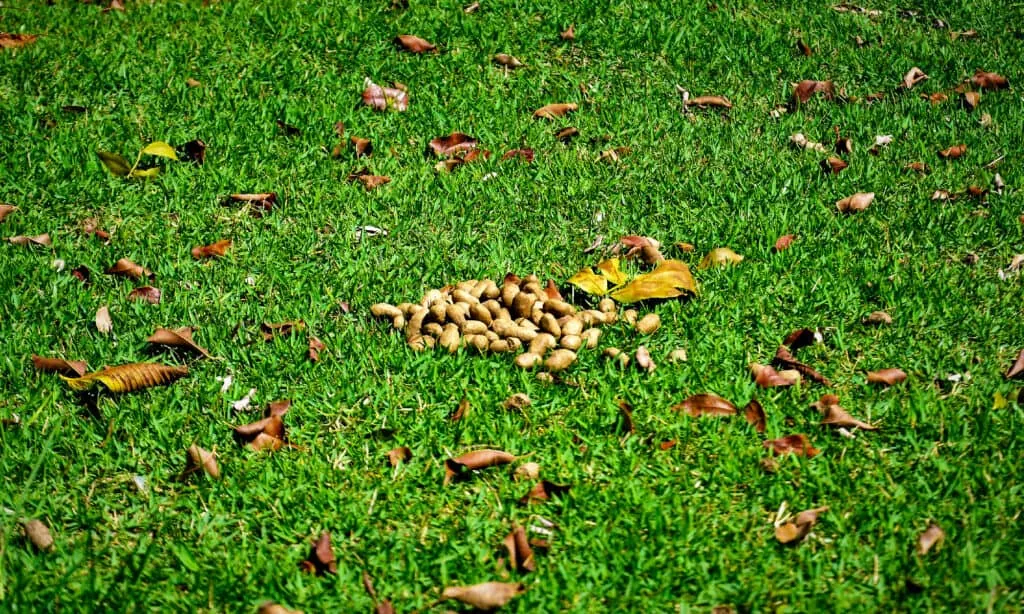
Alright, picture this: you’re walking through a park, and you spot some olive-shaped pellets on the ground. Congrats, you might have just stumbled upon capybara poop! These little nuggets are usually brown, black, or green. But here’s the kicker – capybaras actually produce two types of poop:
- Regular poop: The oval-shaped pellets we just talked about.
- Cecotropes: A softer, paste-like poop that’s packed with nutrients.
Now, you might be thinking, “Why the heck do they have two types of poop?” Well, my friend, that leads us to our next mind-blowing fact.
The Bizarre Truth: Capybaras Eat Their Own Poop
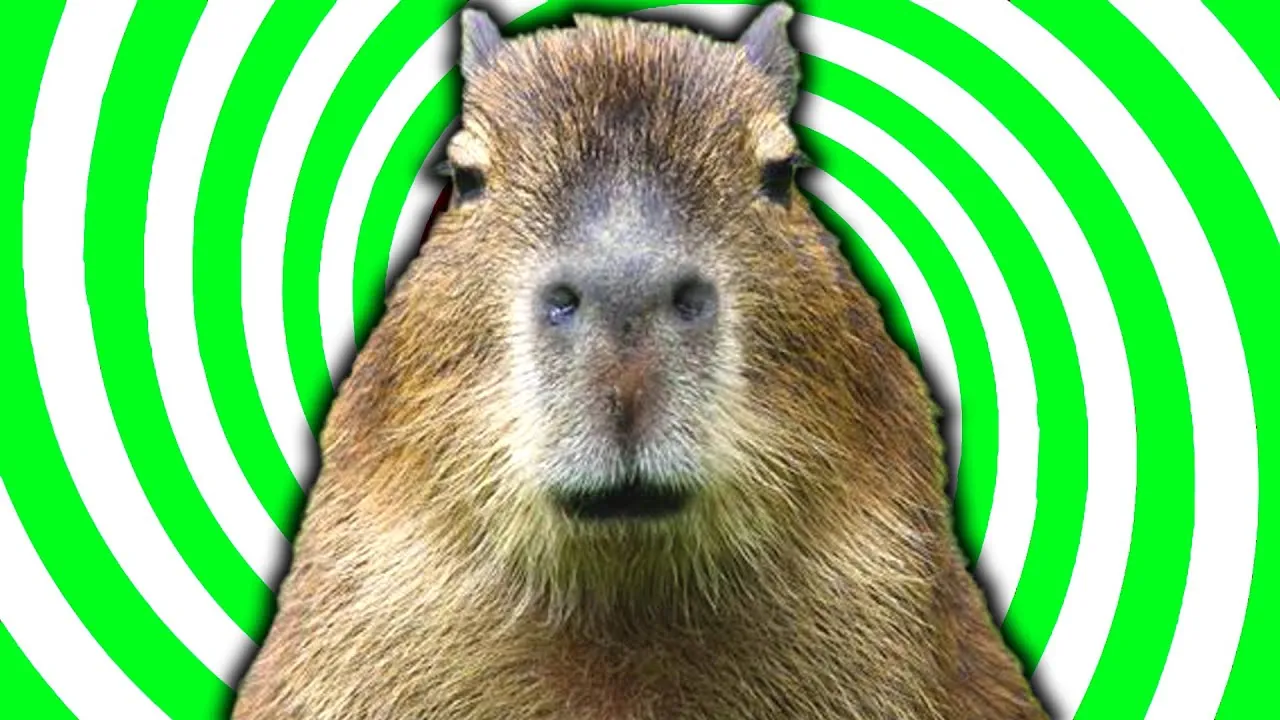
Yeah, you read that right. Capybaras are autocoprophagous, which is a fancy way of saying they chow down on their own feces. But before you gag, there’s actually a good reason for this seemingly gross habit.
Capybaras are herbivores, munching on tough, fibrous plants all day. The problem is, their bodies aren’t great at breaking down all that plant material on the first go. So, they’ve developed a clever hack – they eat their poop to give their digestive system a second shot at extracting all those sweet, sweet nutrients.
This poop-eating behavior, called cecotrophy, helps capybaras:
- Digest cellulose in grass
- Extract maximum protein and vitamins
- Maintain healthy gut flora
It’s like nature’s version of a protein shake, just… way grosser.
The Science Behind Capybara Poop
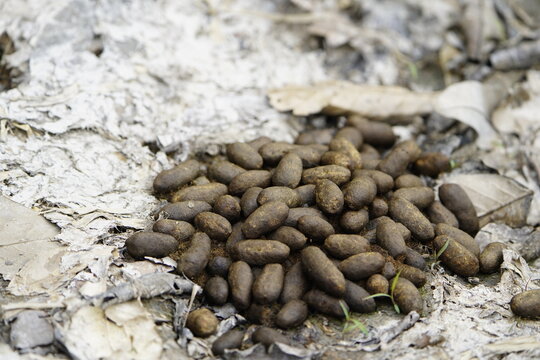
Now, let’s get a bit nerdy for a second. Researchers have actually studied capybara poop (yes, that’s a real job) to learn more about these fascinating creatures. Here’s what they found:
- Capybaras have a “mucus-trap” colonic separation mechanism. This fancy term basically means their bodies are super efficient at sorting out the good stuff from the waste.
- Their poop contains important nutrients like volatile fatty acids, lipids, proteins, and vitamins.
- Capybara droppings can even contain protozoa that help them digest tough plant material.
So next time someone tells you you’re full of crap, take it as a compliment. You might just be as resourceful as a capybara!
Capybara Poop and the Environment
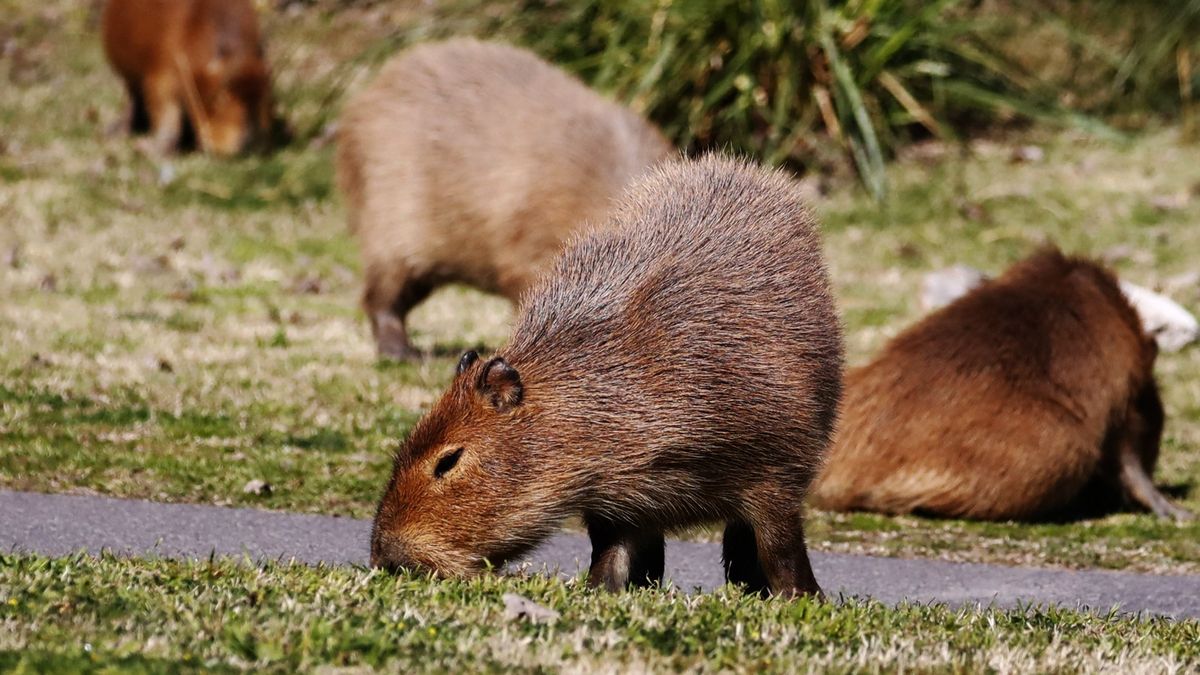
Believe it or not, capybara poop plays a crucial role in their ecosystem. These little poop factories act as natural fertilizers, spreading nutrients and seeds across their habitat. It’s like they’re nature’s gardeners, just with a really weird watering can.
But it’s not all rainbows and daisies in the world of capybara poop. Recent studies have shown that their droppings can sometimes contain heavy metals and other pollutants. This isn’t the capybaras’ fault, though. It’s a sign that their environment is being affected by human activities.
The Poop Scoop: Capybara Bathroom Habits
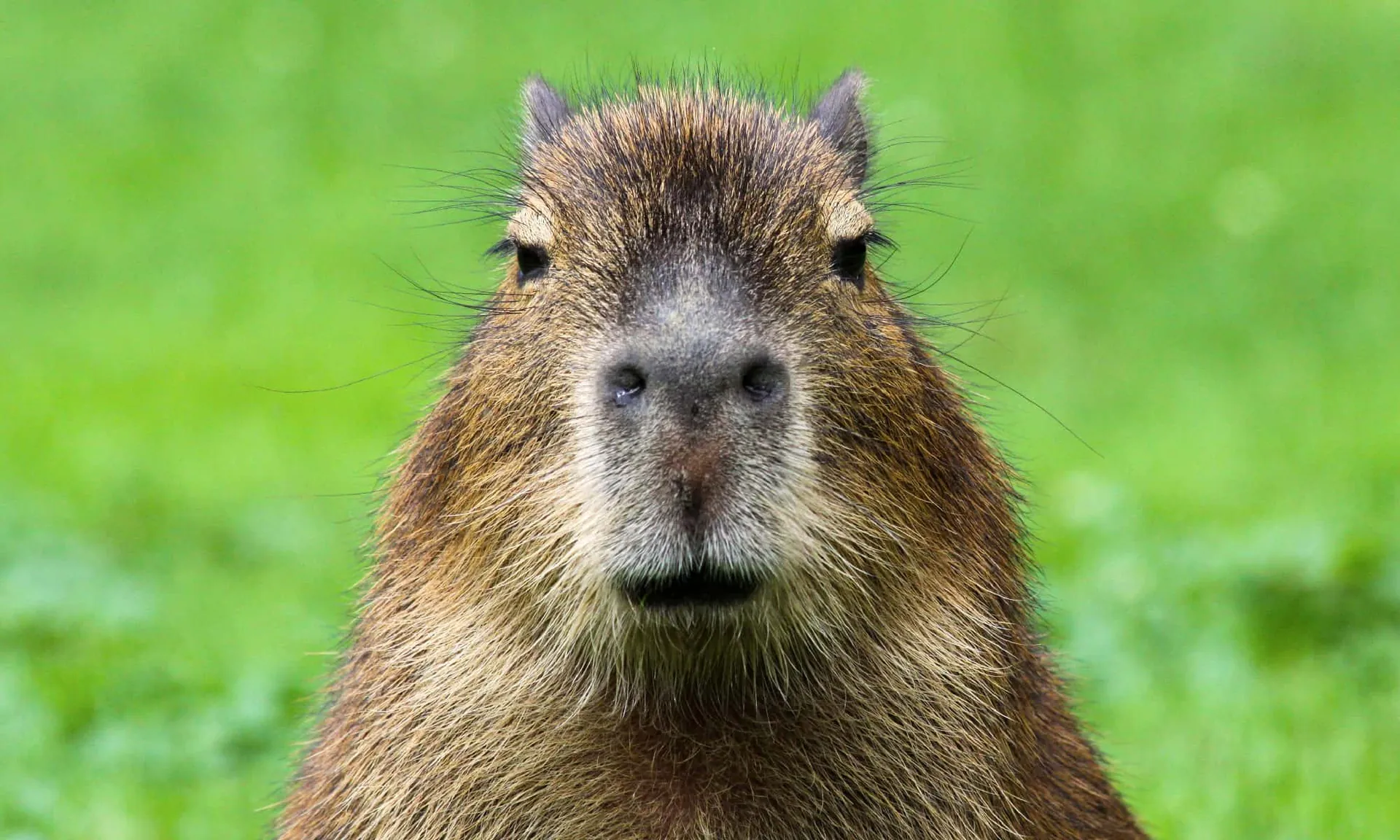
Alright, let’s talk about where and when capybaras do their business. These guys are pretty chill about the whole bathroom situation. They’ll poop pretty much anywhere, but they have a special love for doing it in water. Yep, you heard that right. Capybaras are the ultimate pool poopers.
But why do they love aquatic bathroom breaks? Well, there are a few theories:
- It helps mask their scent from predators.
- It’s a way to mark their territory.
- They just really enjoy a refreshing dip while doing their business.
Whatever the reason, it’s probably best to think twice before jumping into that pristine-looking pond in capybara territory.
Health Implications: Is Capybara Poop Dangerous?
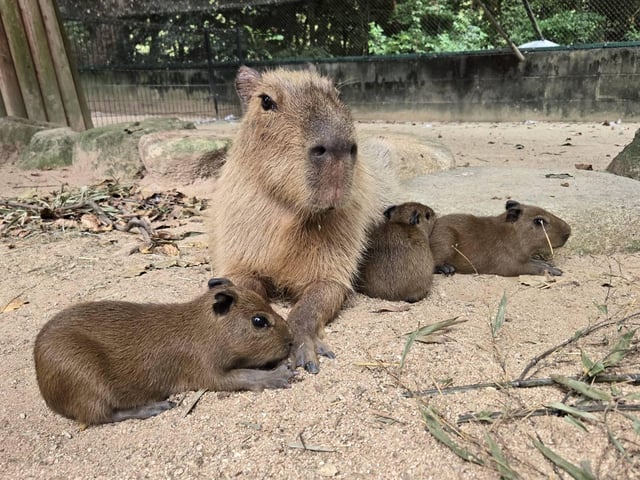
Now, I know what you’re thinking: “Is it safe to be around all this capybara poop?” Well, like any animal feces, capybara droppings can potentially carry parasites and bacteria. But before you start panicking, remember that the risk is generally low if you’re not handling the poop directly.
That being said, if you’re hanging out in capybara territory, it’s a good idea to:
- Wash your hands thoroughly after being in the area
- Avoid swimming in water where capybaras have been pooping
- Keep an eye on kids and pets to make sure they’re not getting too friendly with any droppings
Remember, a little caution goes a long way in staying healthy while enjoying these adorable creatures.
Capybara Poop in Research and Conservation
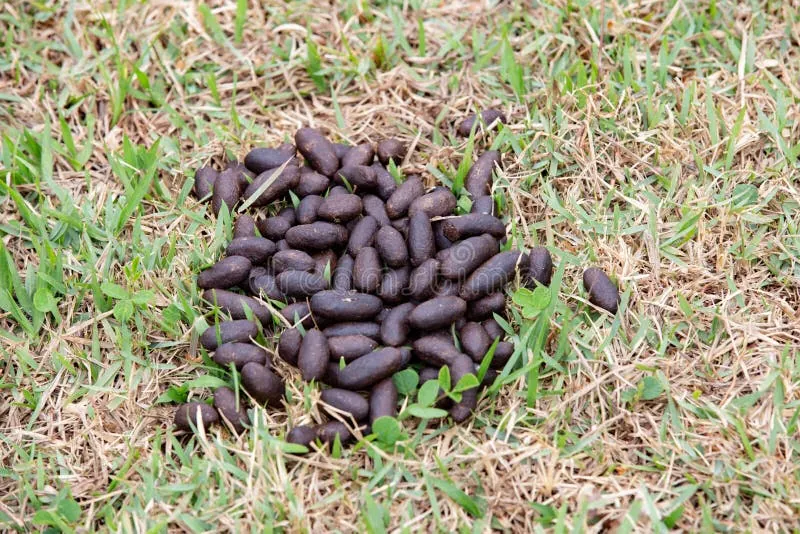
Believe it or not, capybara poop is a goldmine for researchers. By studying their droppings, scientists can learn about:
- The capybara’s diet and nutritional health
- Presence of parasites or diseases in the population
- Environmental contaminants in the capybara’s habitat
This information is crucial for conservation efforts and understanding how human activities impact these lovable rodents.
FAQs About Capybara Poop
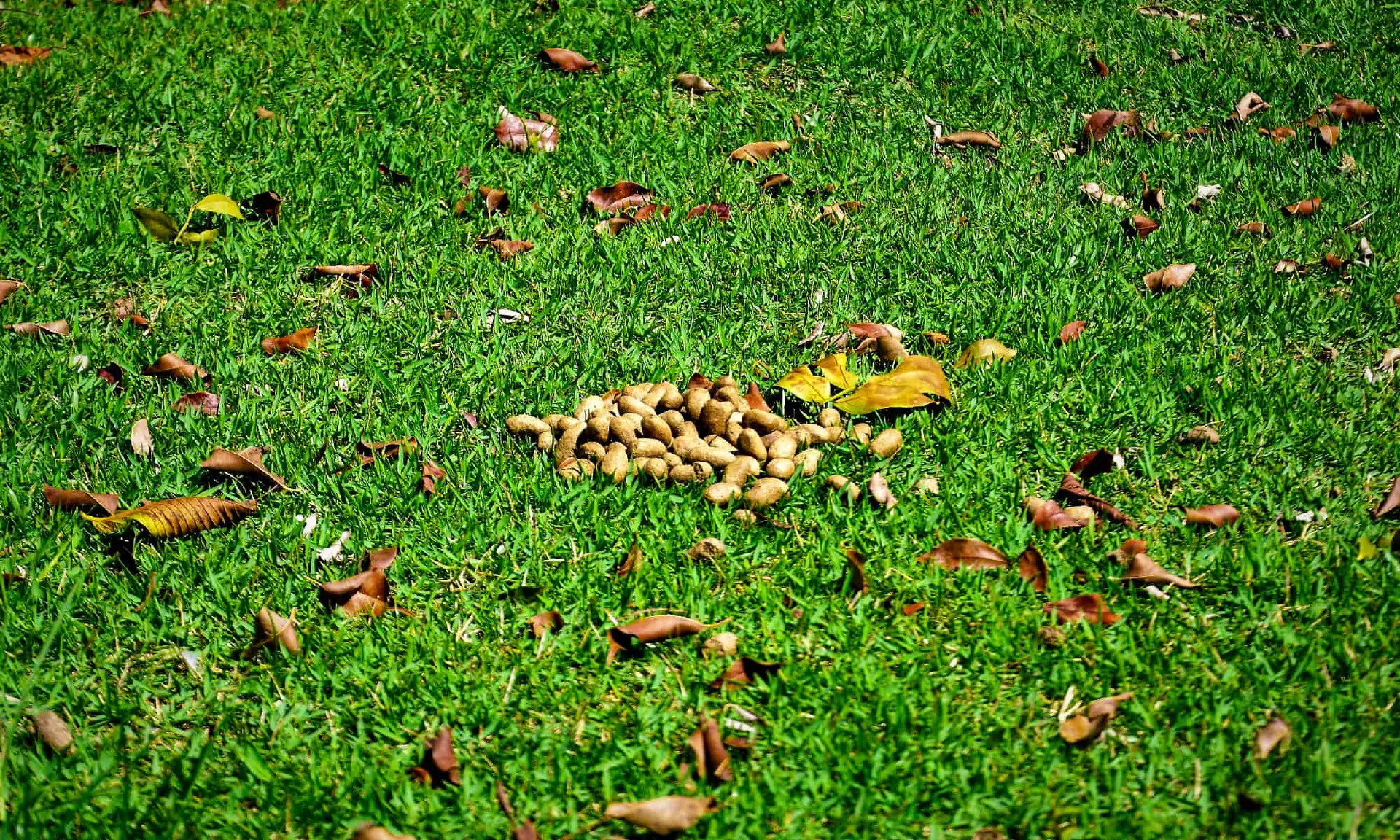
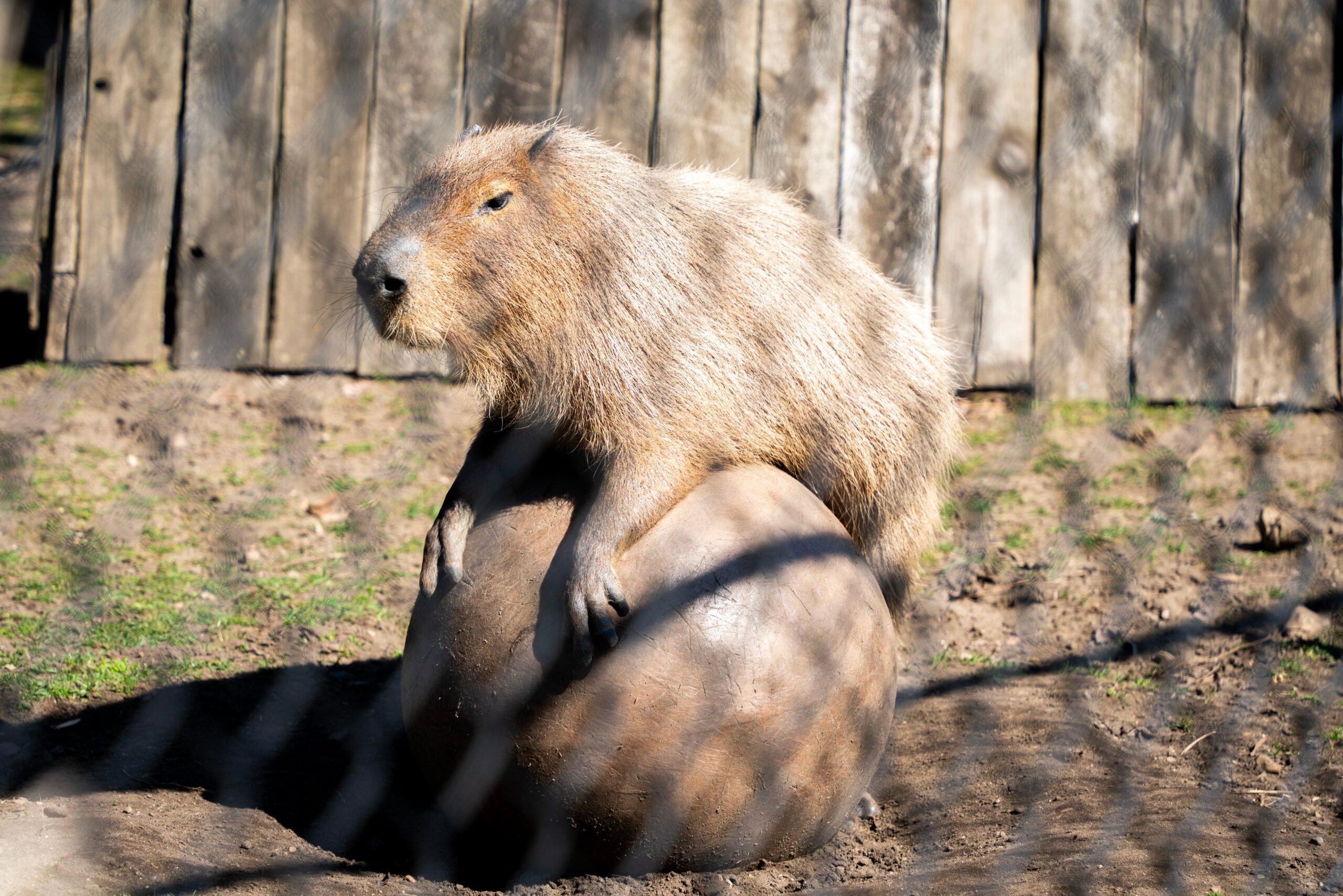
Let’s wrap up with some burning questions you might have about capybara poop:
Q: How often do capybaras poop?
A: Capybaras are prolific poopers, producing droppings throughout the day as they graze.
Q: Does capybara poop smell bad?
A: While it does have an odor, capybara poop isn’t as pungent as you might expect. It’s described as relatively bearable compared to other animal feces.
Q: Can capybara poop be used as fertilizer?
A: In their natural habitat, capybara poop does act as a fertilizer. However, it’s not commonly used in agriculture due to potential health risks.
Q: Do capybaras fart?
A: Yes, capybaras do fart! Their gas is described as quick, fiery, and short bursts. Talk about spicy!
Conclusion: The Bottom Line on Capybara Bottoms
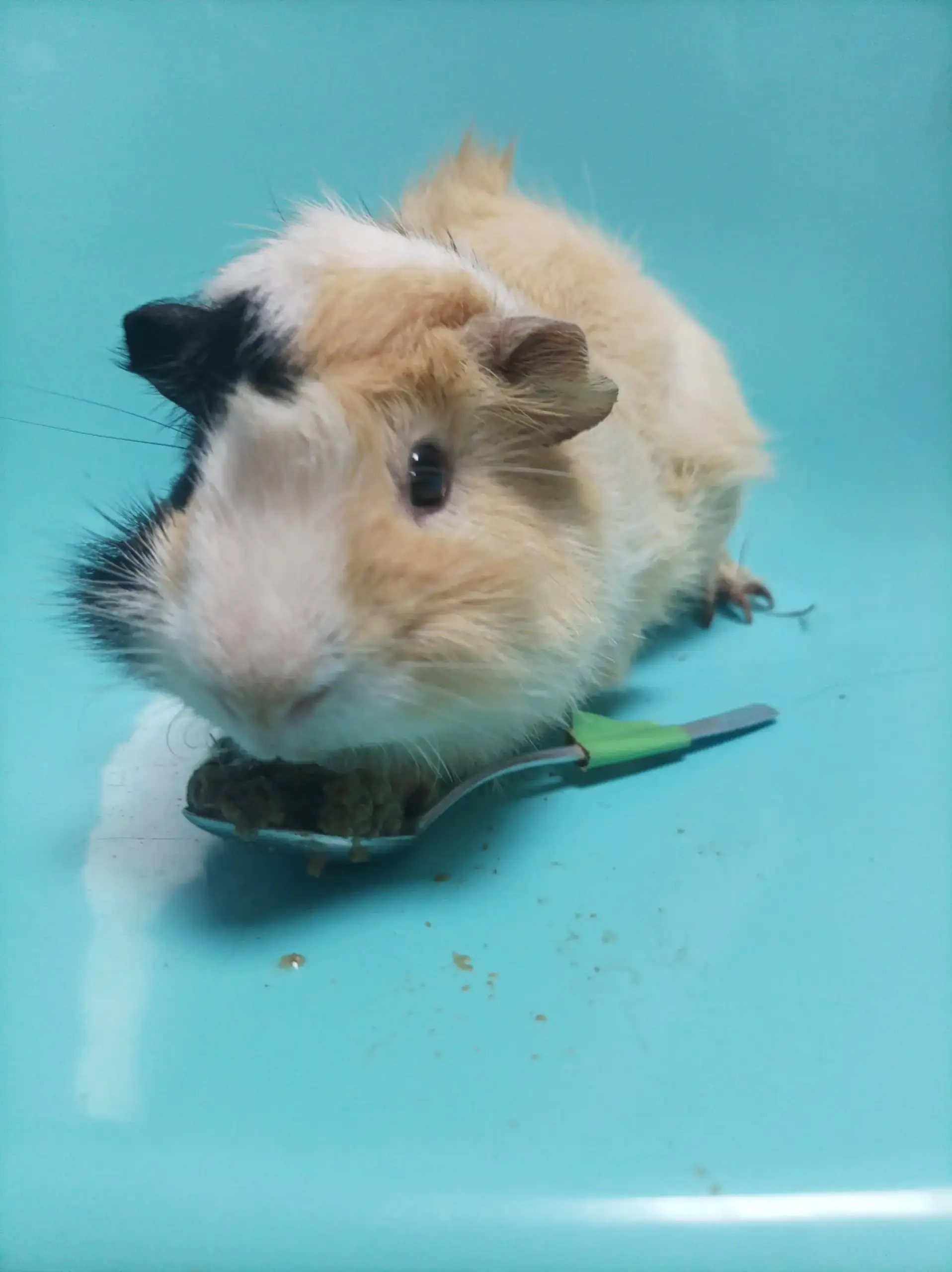
So there you have it, folks – everything you never knew you wanted to know about capybara poop. From their unique double-poop system to their aquatic bathroom habits, these giant rodents sure know how to keep things interesting in the bathroom department.
Next time you see a capybara at the zoo or in a nature documentary, you can impress your friends with your in-depth knowledge of their potty habits. Just maybe don’t bring it up at the dinner table.
Remember, while capybara poop might seem gross to us, it’s an essential part of their biology and ecosystem. It’s a testament to how these amazing creatures have adapted to thrive in their environment. So let’s give a little respect to the humble capybara poop – it’s doing important work, one pellet at a time.
Now, if you’ll excuse me, all this talk about poop has me needing a bathroom break of my own. Stay curious, my friends, and remember – in the world of nature, even poop has its place!
